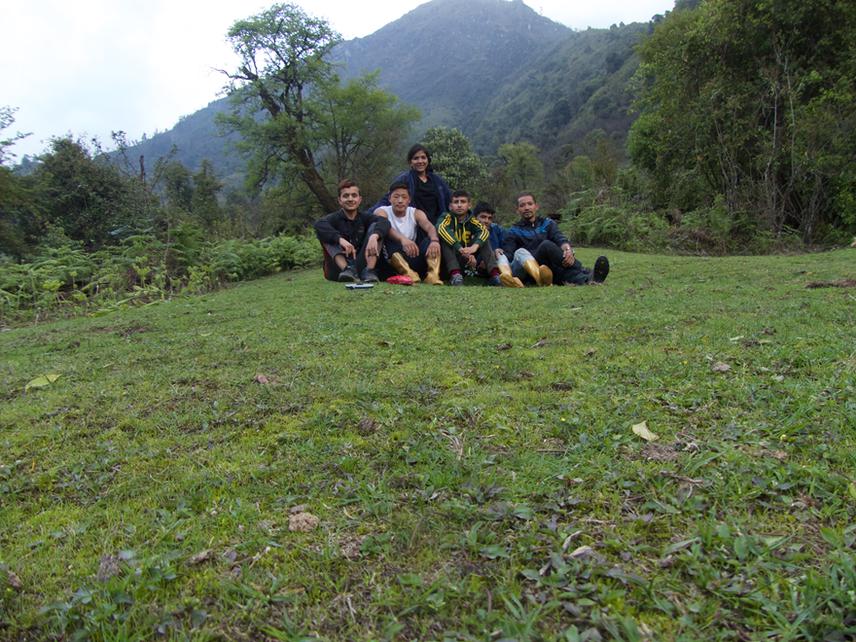Rashmi Singh
Indian Trans-Himalayas are unique multiple use landscapes, harbouring several endangered and threatened wild species as well as pervasive resource use by several pastoral societies. Studies indicate that intensive livestock grazing poses a significant threat to wildlife conservation, and therefore understanding responses of vegetation to variable livestock grazing pressures is critical for conservation of wild ungulates and carnivores. This project seeks to understand livestock management in West Sikkim, Eastern Himalayas and assess ecological impacts of variable grazing pressures on rangeland biodiversity. Main objectives of the project are: to i) document current livestock and pasture management system in villages of West Sikkim around Barsey Rhododendron Sanctuary, ii) document the changes in pastoral system and livestock management over last two decades and, iii) understand impact on rangeland biodiversity by assessing response of plant community structure and composition, and native wild ungulates to gradients of livestock grazing.

High-altitude Himalayan rangelands are unique grassland ecosystems which harbour a unique wild assemblage of high altitude species such as blue sheep, ibex, Tibetan wolf and the endangered snow leopard. Pastoralism is a prevalent form of sustenance in the region. A healthy rangeland ecosystem is important for long term conservation of wildlife as well as sustaining pastoralism. Pastoralism is inherently influenced by social structures and local politics of a region, however, very few studies combine the socio-cultural factors of pastoral resource use and its potential links to the ecological impacts of pastoralism. It is crucial to understand the role of different grazing pressures on rangelands and identify vegetation response to it.
This study aims to document and examine the current livestock and pasture management system in villages of West Sikkim around Barsey Rhododendron Sanctuary. We will document the traditional ecological knowledge among the local herders, and identify the key factors which influence the decision making of herders on seasonal as well as daily basis. While understanding this, we would also be interested in documenting the changes that have happened in the pastoral system in last two decades and the reasons for the same. Also, how these changes in the socio-economic system has influenced the local livestock management and resource use. In addition to this, we would understand impact on rangeland biodiversity by assessing response of plant community structure and composition, and native wild ungulates to gradients of livestock grazing pressures. With the knowledge of local herders, sites with different grazing pressures will be identified, and using quadrate sampling in randomised block plots, responses of plant community will be assessed. Surveys will be conducted to estimate the wild prey density using double observer methods at each site, to understand impact of livestock grazing on wild ungulate abundances.
Results of this study will be shared with the local stakeholders such as Eco Development Committee members, NGO members and most importantly with the local herders, to show them the vegetation responses to different grazing pressures. Following the results of the study, this project eventually aims to integrate the scientific and local knowledge by involving the local stakeholders and create awareness among locals. We hope this study will contribute to the larger discourse on rangeland management policies in the Himalayas by identifying the opportunities and limits of pastoral management of rangelands.